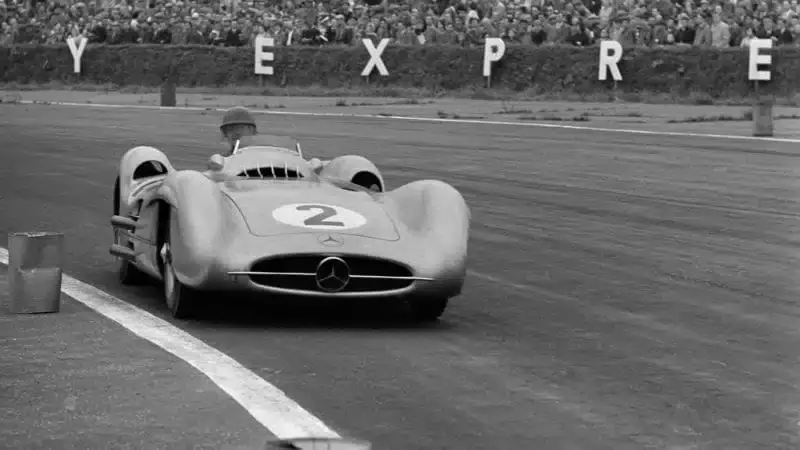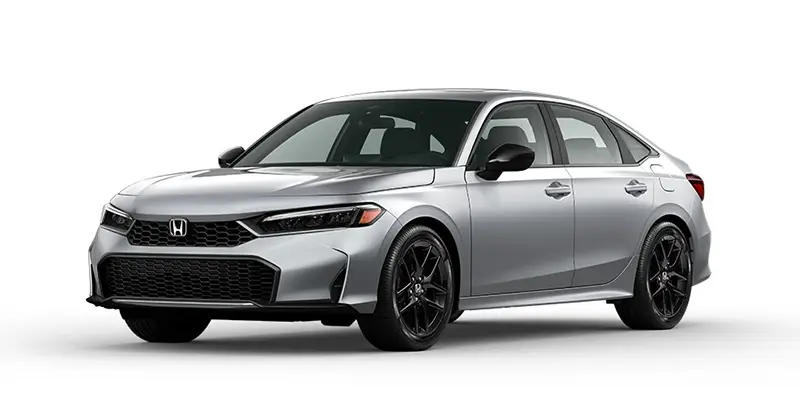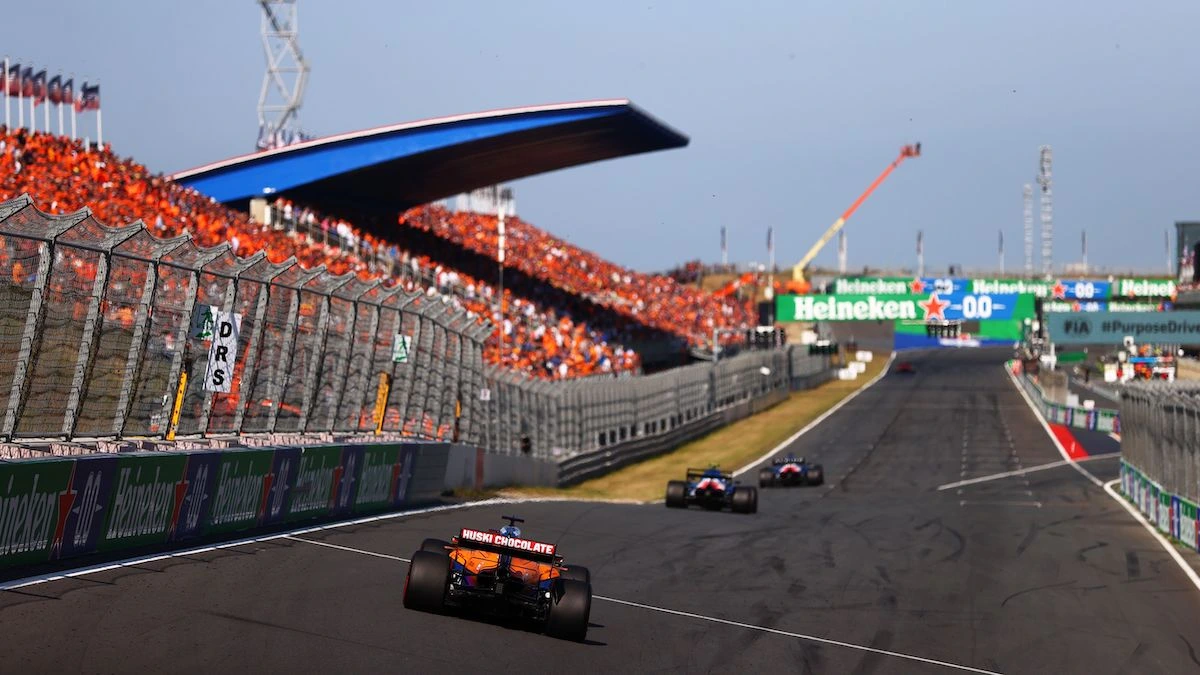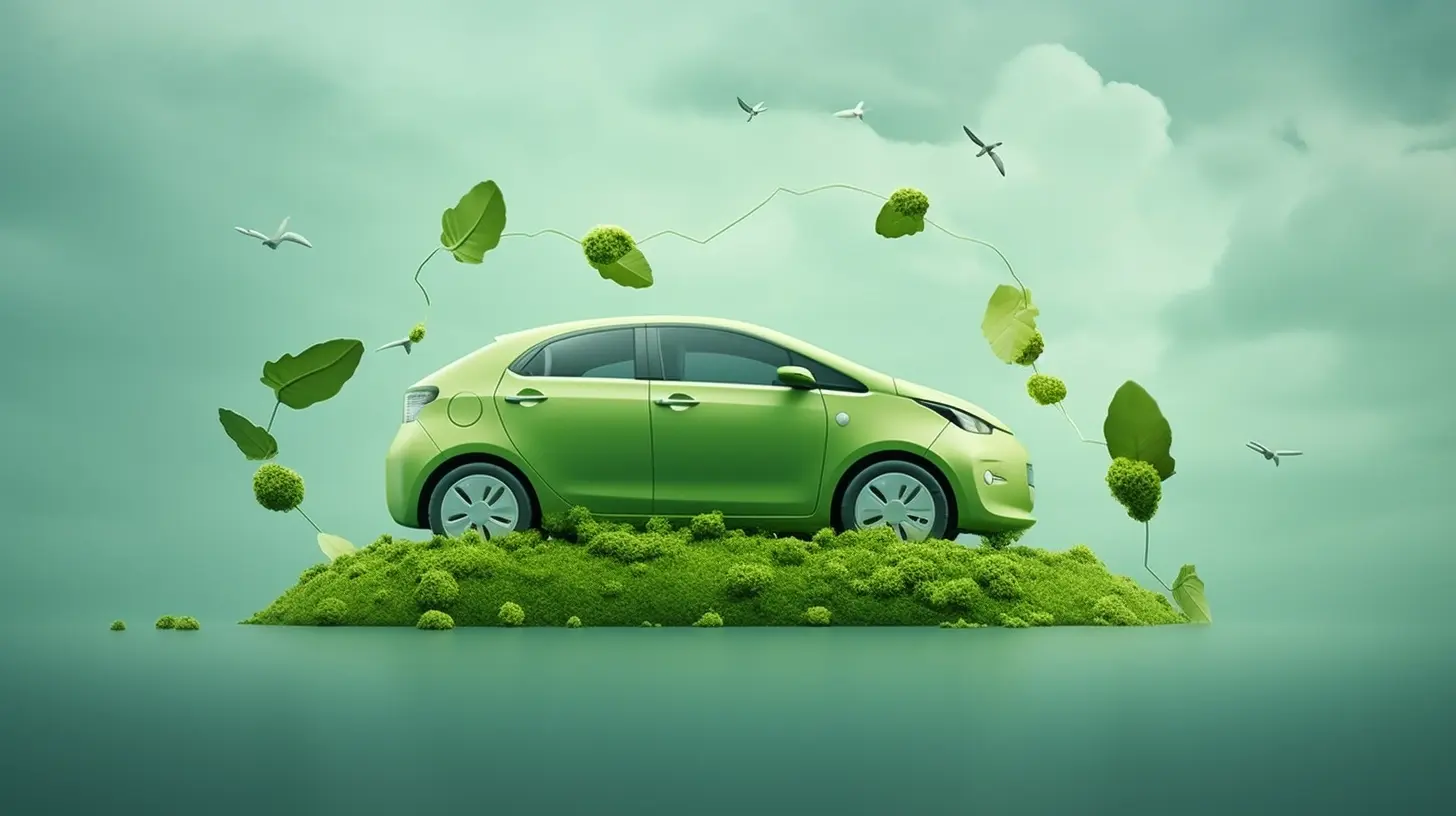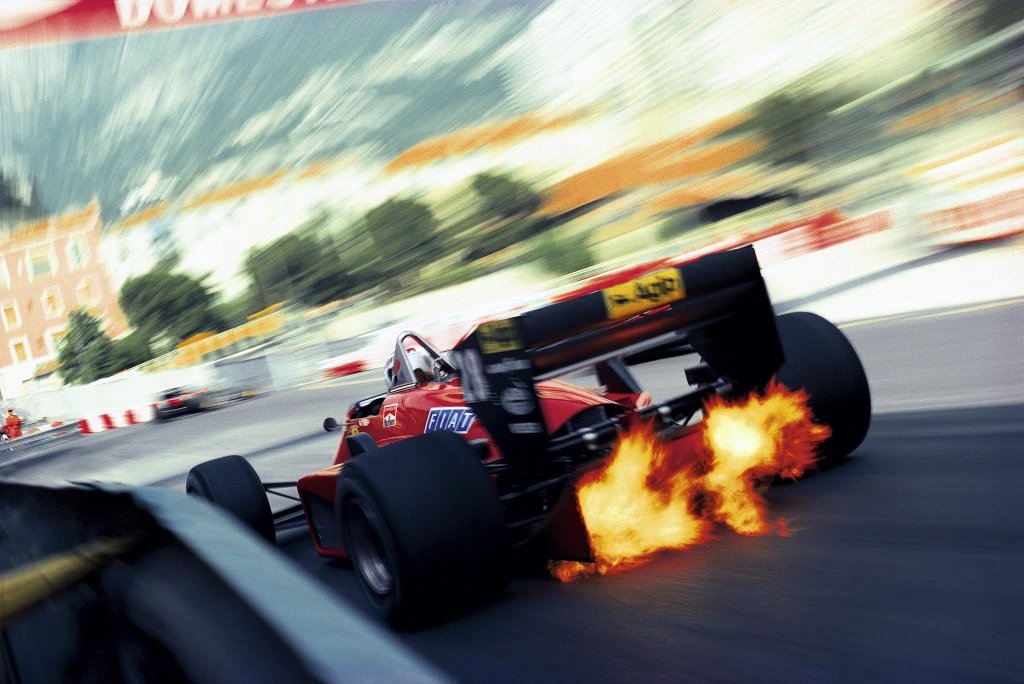Formula One is the most intense and competitive motorsport in the world. Not only are the automobiles from another planet, but the races are a true test of endurance. The 2023 season will consist of 23 races, the first of which will take place on March 5 in Bahrain. In thia article we will talk about the How Long Do Formula 1 Races Last
The season finale will once again be held in Abu Dhabi, meaning drivers and teams will have eight months of arduous travel around the globe, with the sport's global appeal showing through once again.
Each race lasts around 90 minutes, and since it is a lengthier format of motor racing, there is a greater focus on strategy and tactics rather than sheer speed from the vehicle and driver.
Driving a vehicle capable of producing massive G forces for such an extended period of time requires individuals who want F1 to be both superlative athletes and very skilled racing drivers.
Recommended to read: A Beginner’s Guide to Formula 1 in the USA
How Long Do Formula one Races Last?

- Every race in the Formula 1 season is scheduled to run around 90 minutes, but some will undoubtedly take longer or shorter.
- The Grand Prix must be at least 190 miles (305 kilometers), with the exception of Monaco, which is 160 miles (260 kilometers) long.
- All circuits vary in length and general speed, therefore completing the minimum distance requires a varying number of laps.
- The standard method for determining the number of laps is 305 (a Grand Prix's minimum distance in kilometers) divided by the length of one lap (in kilometers). For example, the track at the Spa is 7 kilometers long. 350 divided by 7 is 43.5, which rounds up to 44 laps during the Belgian Grand Prix.
- Races have a two-hour finishing timeframe. Even if the predetermined number of laps is not reached, the race will terminate inside that time limit.
- However, if inclement weather halts a race or there is a serious incident that results in a red flag, the race might extend up to three hours from the start.
Formula 1: Circuit lengths, race distances, and laps
How many laps are there in each Formula One race?
|
Race |
Circuit |
Circuit length |
Race Distance |
Laps |
Race |
|
Australian Grand Prix |
Melbourne Grand Prix Circuit |
5.303km |
307.574km |
58 |
Australian Grand Prix |
|
Bahrain Grand Prix |
Bahrain International Circuit |
5.412km |
308.238km |
57 |
Bahrain Grand Prix |
|
Chinese Grand Prix |
Shanghai International Circuit |
5.451km |
305.066km |
56 |
Chinese Grand Prix |
|
Azerbaijan Grand Prix |
Baku City Circuit |
6.003km |
306.049km |
51 |
Azerbaijan Grand Prix |
|
Spanish Grand Prix |
Circuit de Barcelona- Catalunya |
4.655km |
307.104km |
66 |
Spanish Grand Prix |
|
Monaco Grand Prix |
Circuit de Monaco |
3.337km |
260.286km |
78 |
Monaco Grand Prix |
|
Canadian Grand Prix |
Circuit Gilles Villeneuve |
4.361km |
305.270km |
70 |
Canadian Grand Prix |
|
British Grand Prix |
Silverstone Circuit |
5.891km |
306.198km |
52 |
British Grand Prix |
|
Hungarian Grand Prix |
Hungaroring |
4.381km |
306.630km |
70 |
Hungarian Grand Prix |
|
Belgian Grand Prix |
Circuit de Spa-Francorchamps |
7.004km |
308.052km |
44 |
Belgian Grand Prix |
|
Dutch Grand Prix |
Zandvoort |
4.259km |
306.648km |
72 |
Dutch Grand Prix |
|
Italian Grand Prix |
Autodromo Nazionale di Monza |
5.793km |
306.720km |
53 |
Italian Grand Prix |
|
Singapore Grand Prix |
Marina Bay Street Circuit |
5.063km |
308.706km |
61 |
Singapore Grand Prix |
|
Imola Grand Prix |
Autodromo Internazionale Enzo e Dino Ferrari |
4.909km |
309.949km |
63 |
Imola Grand Prix |
|
Japanese Grand Prix |
Suzuka |
5.807km |
307.471km |
53 |
Japanese Grand Prix |
|
Mexican Grand Prix |
Autodromo Hermanos Rodriguez |
4.304km |
305.354km |
71 |
Mexican Grand Prix |
|
United States Grand Prix |
Circuit of the Americas |
5.513km |
308.405km |
56 |
United States Grand Prix |
|
Brazilian Grand Prix |
Autodromo Jose Carlos Pace |
4.309km |
305.879km |
71 |
Brazilian Grand Prix |
The following list of Formula 1 events includes the circuit length, race distance, and number of laps in each Grand Prix.
What are the shortest and longest races ever recorded?
- The French Grand Prix, conducted on the Reims-Gueux circuit in 1951, was the longest Formula One race ever.
- The circuit, which last hosted F1 races in 1966 and has since been partially dismantled, was 4.85 miles long and required drivers to complete 77 laps.
- Juan Manuel Fangio of Argentina won the race in three hours and 22 minutes, securing his first driver's championship.
- In contrast, the 2021 Belgian Grand Prix was the shortest race in history.
- Due to inclement weather, the race was delayed significantly, and only a few laps were completed behind the safety car before it was called off.
- Max Verstappen crossed the line to win after little over three minutes of "racing" and received half the points.
Only three previous races in the sport's history have lasted less than an hour, all owing to adverse weather, and the shortest race to complete the whole distance was the 2003 Italian Grand Prix, won by Ferrari's Michael Schumacher in one hour and 14 minutes.
Read also: Why F1 is no stranger to Madrid
What are the rules for race distances?

The Formula One race must be at least 305 kilometres (190 miles) long. A race must complete at least the number of laps required to cover that distance.
But there is one exception. The Monaco Grand Prix covers 260 kilometers (160 miles). Why the exception? The loop around Monaco is short yet sluggish. Max Verstappen won the 2021 race at an average speed of 157km/h, compared to 288km/h in Styria. As a result, an exemption is created to run it over a shorter distance.
What is the maximum number of laps in a single Formula One race?
Formula One drivers used to complete 200 laps at the Indianapolis Motor Speedway. That occurred during the 1950s and 1960s, when the Indy 500 was part of the championship. Monaco are in a race with the most laps in the current schedule. Here, the drivers complete 78 laps of the famed street track.
Spa, a track in Belgium, has the fewest laps. The circuit is more over 7 kilometers long, thus the race comprises of just 44 laps.
FAQ's
Who won the most championships in F1 history?
Michael Schumacher and Lewis Hamilton hold the record for the most World Drivers' Championships, both having won the title on seven occasions. Juan Manuel Fangio is third with five titles. Schumacher also holds the record for the most consecutive drivers' titles with five between the 2000 and 2004 seasons.
who is the youngest formula 1 champion?
The youngest Formula 1 champion to date is Sebastian Vettel, who won his first championship at the age of 23 years and 134 days in 2010 Vettel's talent and early success in his F1 career set him apart as the youngest driver to achieve this milestone.
How long do F1 races usually last?
How long is a Formula One race? A Grand Prix race normally lasts roughly two hours, according to Formula 1. According to Red Bull, Michael Schumacher set the quickest racing time during the 2003 Italian Grand Prix.
Also read: Is McLaren yet to unlock Norris's full F1 potential?
.png)



